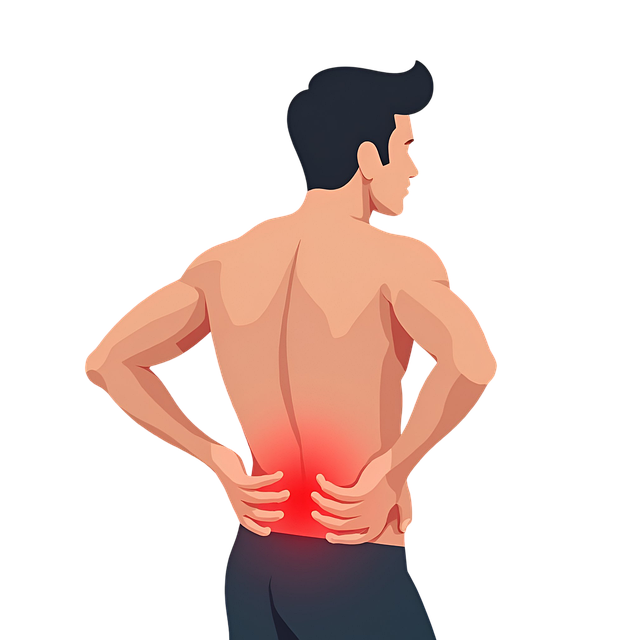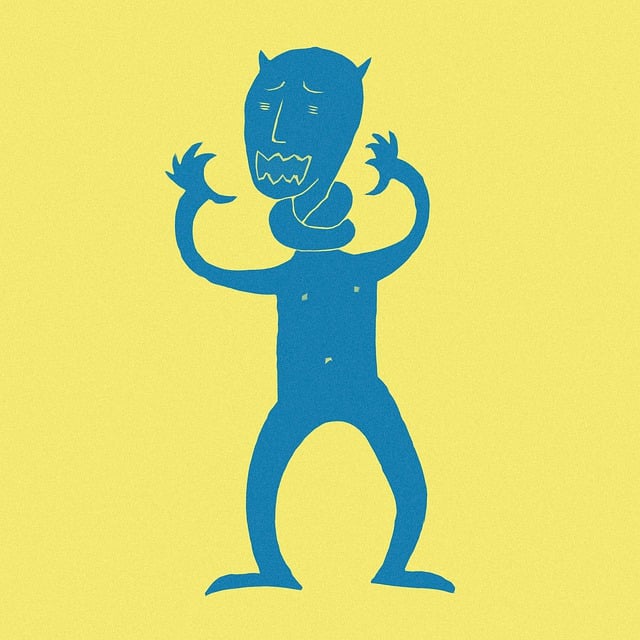TL;DR:
Chronic pain acupuncture offers a drug-free solution for managing various aches, especially back, neck, and joint pain. Rooted in traditional Chinese medicine, it involves inserting needles into specific points to stimulate natural healing responses by promoting energy flow (Qi). Effective for conditions like migraines and sciatica, acupuncture avoids medication side effects and focuses on underlying causes of pain. During the first session, patients discuss medical history, undergo assessments, and experience a relaxing treatment where thin, sterile needles are inserted for 20-45 minutes. Finding qualified acupuncturists with specialized training in pain management is crucial. While results vary, open communication and a holistic approach combining acupuncture with lifestyle adjustments offer optimal relief.
“Tired of relying on medications for chronic pain relief? Discover the ancient practice of acupuncture as a natural alternative for managing back pain, neck stiffness, and other aches. This comprehensive guide explores how acupuncture works its magic, from easing muscle tension to targeting specific pain points.
Learn about the benefits of drug-free pain management, what to expect during your first session, and how to find qualified acupuncturists. Unwind the enigma of acupuncture and embrace a new, holistic approach to healing.”
- Understanding Chronic Pain and Its Impact
- The Rise of Acupuncture as a Natural Remedy
- How Acupuncture Works for Various Aches and Pains
- Benefits of Drug-Free Pain Relief Through Acupuncture
- Navigating the Acupuncture Experience: What to Expect
- Finding Qualified Acupuncturists and Setting Realistic Expectations
Understanding Chronic Pain and Its Impact

Chronic pain is a complex condition that can significantly impact an individual’s quality of life. It often persists for months or even years, affecting not just the back or neck but various parts of the body, including joints and other areas. This persistent pain can be debilitating, leading to limited mobility, insomnia, and emotional distress. Unlike acute pain, which serves as a warning signal, chronic pain continues long after the initial injury or condition has healed.
Acupuncture emerges as a promising non-opioid pain relief alternative for those seeking to manage chronic pain without relying on medications. By targeting specific points on the body, acupuncture helps to alleviate pain and reduce inflammation. This ancient therapy is particularly effective in treating joint pain therapy and can offer a natural way to address both the physical and psychological aspects of chronic pain. Many patients find acupuncture to be a safe and effective approach to managing their symptoms, providing them with an alternative treatment option for conditions like neck pain and back pain that may not respond well to traditional medications.
The Rise of Acupuncture as a Natural Remedy

In recent years, there’s been a growing trend towards natural, drug-free solutions for managing chronic pain. Among these alternatives, acupuncture has emerged as a powerful and increasingly popular choice. This ancient Chinese healing practice has gained significant attention for its effectiveness in treating various types of pain, from back and neck discomfort to migraine headaches and joint pain. With a focus on balancing energy flow within the body, acupuncture aims to address the root causes of pain rather than simply masking symptoms.
Chronic pain conditions often involve inflammation, which makes migraine acupuncture especially effective. This therapy targets specific points on the body to stimulate natural healing responses, reduce inflammation, and promote overall well-being. As a non-invasive approach, joint pain therapy through acupuncture offers a safe and holistic way to find relief without relying on medications that can have side effects. Its growing popularity underscores a broader shift towards more sustainable and natural methods for managing chronic pain.
How Acupuncture Works for Various Aches and Pains

Acupuncture, an ancient practice with roots in traditional Chinese medicine, has gained significant attention as a drug-free approach to managing various aches and pains. This non-invasive therapy involves inserting fine needles into specific points on the body, known as acupuncture points, which are believed to stimulate the body’s natural healing response. When it comes to chronic pain conditions such as back pain, neck pain, and joint pain, acupuncture offers a unique and effective solution.
The technique works by promoting the flow of energy, or Qi, through the body. By targeting specific points, acupuncturists can help alleviate pain and reduce inflammation. For example, migraine acupuncture has shown promising results in treating chronic migraines by unblocking energy pathways associated with head pain. Similarly, for joint pain therapy, acupuncture needles can relieve stiffness and pain by relaxing muscles, reducing swelling, and improving circulation to the affected areas. Its ability to address the underlying causes of pain rather than simply masking symptoms makes acupuncture an appealing alternative for those seeking long-term relief from chronic pain conditions.
Benefits of Drug-Free Pain Relief Through Acupuncture

Acupuncture offers a natural and drug-free approach to managing chronic pain, making it an attractive alternative for those seeking relief from conditions like back pain, neck pain, and even migraine headaches or sciatica. This ancient Chinese practice focuses on stimulating specific points along the body’s meridians, promoting balance and healing. One of its key advantages is that it treats the root cause of pain rather than just masking symptoms, as many medications do.
By engaging in acupuncture therapy, individuals can experience reduced inflammation, improved circulation, and enhanced nerve function, leading to better overall health. Moreover, acupuncture provides a non-invasive joint pain therapy, making it ideal for people looking to avoid medications with potential side effects. This safe and effective method has gained recognition as a valuable resource for managing various types of chronic pain conditions without relying on drugs.
Navigating the Acupuncture Experience: What to Expect

Navigating your first acupuncture session for chronic pain relief can feel like embarking on uncharted territory. Allow yourself to be prepared and at ease. Acupuncturists will begin by assessing your medical history, current symptoms, and specific areas of discomfort, such as back or neck pain. They may also use diagnostic tools, like palpation (pressure tests) and range-of-motion assessments, to locate “acupoints” where thin needles will be inserted.
During the treatment, you’ll lie down on a comfortable table while the acupuncturist inserts fine, sterile needles at specific points on your body. You might feel a brief pinch or stinging sensation as the needle enters your skin, but most report minimal discomfort. The needles are left in place for 20-45 minutes, during which you may experience a dull or warm sensation. Many patients find the whole process calming and relaxing, even as their chronic pain symptoms begin to ease. Remember, acupuncture is about balancing energy flow, so it’s crucial to leave your session feeling refreshed and centered rather than immediately pain-free. Non-opioid pain relief through acupuncture can be an effective approach for managing sciatica and inflammation treatment, offering a safe alternative to medications.
Finding Qualified Acupuncturists and Setting Realistic Expectations

Finding qualified acupuncturists is a crucial step for anyone seeking chronic pain acupuncture as a drug-free alternative. Start by looking for licensed practitioners with specialized training in pain management and sciatica acupuncture, as this ensures expertise in treating specific conditions. Reputable sources like professional associations or online directories can guide you to experienced professionals. Don’t hesitate to inquire about their qualifications, experience, and success rates in managing similar cases.
Setting realistic expectations is essential when considering acupuncture for pain relief. While acupuncture offers effective non-opioid pain relief for many, results may vary. Discuss your symptoms, goals, and any concerns with the acupuncturist. They can help manage expectations by explaining the treatment process, potential benefits, and what to expect in terms of recovery or improvement for conditions like joint pain therapy. Remember, acupuncture is often most effective as part of a holistic approach, combining treatments with lifestyle adjustments for optimal results.
